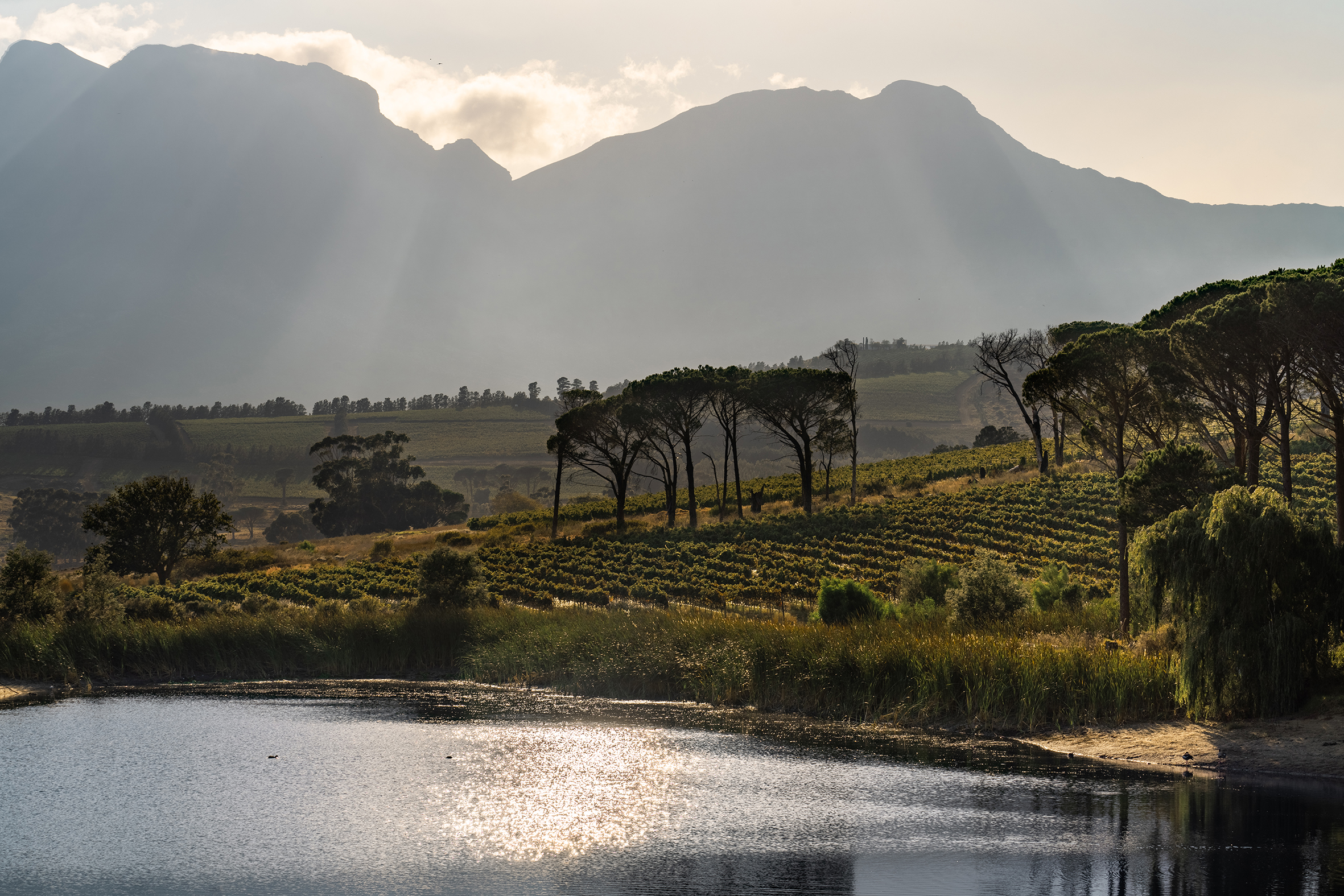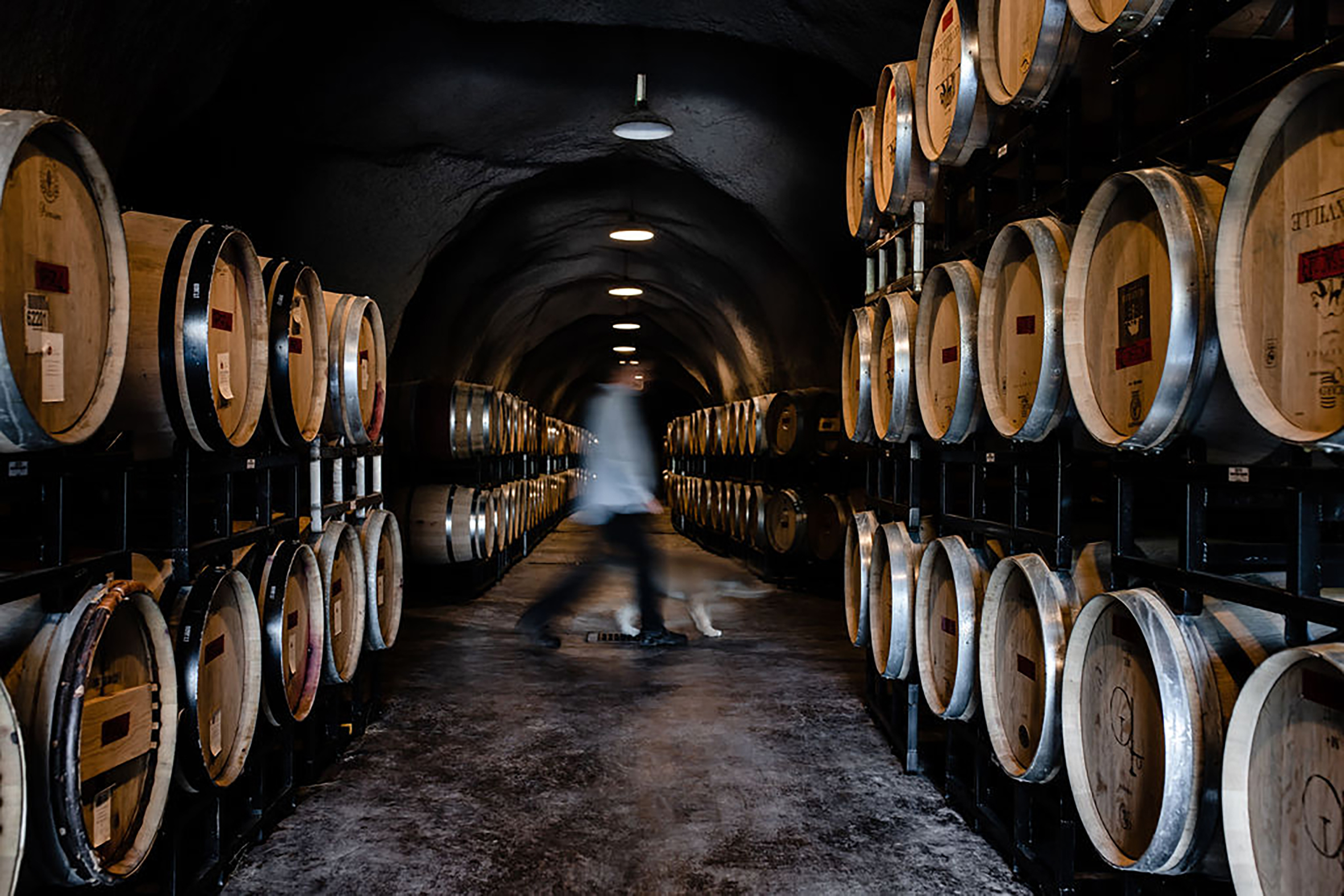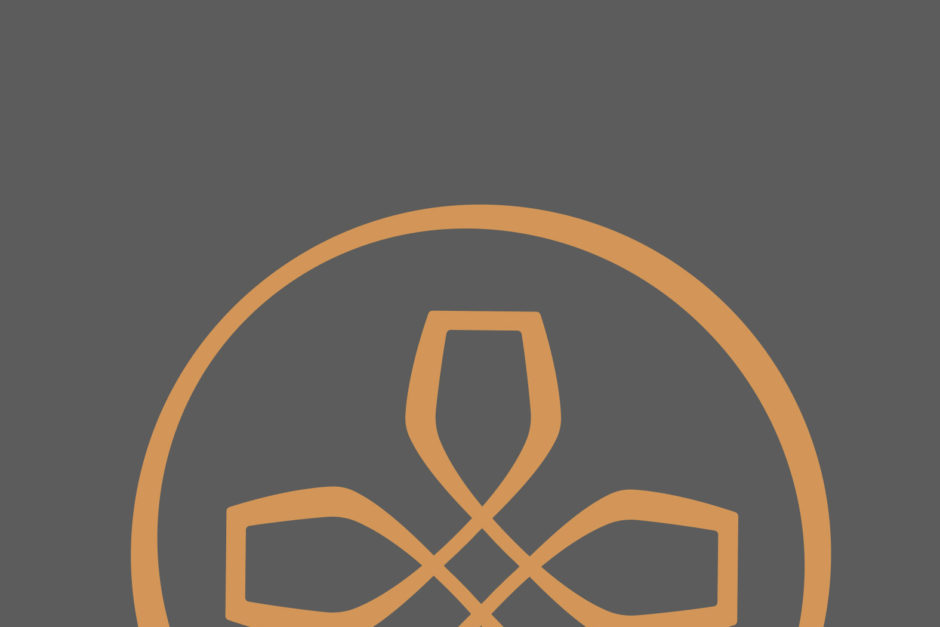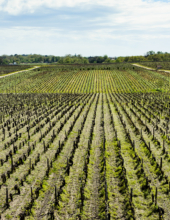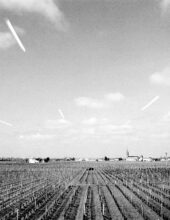02nd Nov 2023
Started in 2015, Pangaea is a blend of the five major Bordeaux red grapes from five different countries—Cabernet Sauvignon from Napa Valley, Merlot from Bordeaux, Malbec from Argentina, Cabernet Franc from South Africa, and Petit Verdot from Spain. The blend changes every year, depending on the success of the varieties in their respective regions. The concept is the brainchild of Travis Braithwaite, but the master blender behind this project is probably the only consultant enologist who could pull something like this off: Michel Rolland.
Adventure Time
One of wine’s greatest attributes is its ability to tell a story that can be “read” using our senses of smell, taste, and touch. This story about the wine’s grape variety(s), the place it comes from, the person who made it, and the year it was made is embedded within the composition of its flavor components and tactile structure. Wine nerds like me go out of their way to find wines from the places and people we love because we embrace reading their stories, each vintage beguilingly different, while using the same voice.
Most fine wines are blends of grape varieties and vineyards, albeit from the same region. The thought of blending wines from different countries is considered by most wine lovers as sacrilegious. Surely, this would blur the sense of place and, presumably, mar the experience of the story?
I didn’t know what to expect when I met with Michel Rolland and Travis Braithwaite to taste the first five vintages of their recently launched multi-country wine, Pangaea.
I’ve tasted high-end multi-country wines before. Penfolds Quantum Bin 98 is a blend of mostly Napa Valley Cabernet Sauvignon with a small amount (around 10%) of South Australian Shiraz. It is made similarly to Grange, in that it finishes fermentation in new oak, mainly American. It doesn’t taste much like Napa or South Australia, but it is unmistakably Penfolds. More recently, Penfolds created two more “Wine of the World” labels, including one which is a blend of Bordeaux and South Australia. In each case, producer style trumps the expression of place. So, I was skeptical when I sat down to taste 2015 to 2019 Pangaea. The wine might satisfy in terms of deliciousness and overall quality, but could it satiate our desire to also taste the place?
Travis Braithwaite lives between South Africa, Napa, and London, but he grew up in Stellenbosch, South Africa, in the heart of this significant grape-growing region. His passion for wines was introduced early on.
“When I was at university, I started a company with a friend called Winemakers Choice, which was a wine competition and a consulting service,” said Travis. “Through this company, we worked with many of South Africa’s wineries. I sold my share in that company after university and started consulting for multiple wine companies on business, brand, and set-up management. Later, I started working on the product development, learning the winemaking side. I had always had this burning desire to create Pangaea, so after some frustrations, I just decided to throw myself in the deep end and follow my dream.”
The core of Travis’ dream was to make a unique wine.
“The idea behind Pangaea is to create a wine with balance, power, structure, and age-ability,” said Travis. “I wanted to express the harmony of a blend in which each grape variety is allowed to reach perfect ripeness in its optimal terroir. I must be honest; for a few months after bottling, the first blend (2015) gave me some concern. The wine took a long time to integrate. It was almost as if the various grape varieties were fighting for position. That is also why we only released the 2015 vintage in 2022, when it was ready. Our drive is for extreme quality.”
“Was the first vintage what you imagined?” I asked.
He laughs, shaking his head. “After it all came together, it was more than I imagined.”
Michel Rolland is Travis’ partner in the project.
“Michel has always been someone I have the greatest respect for,” commented Travis. “His influence on the wine world we know today has been nothing short of phenomenal, so when I thought of this project, he was the first that came to mind for me. I was extremely nervous to approach him. I think I made that first call a hundred times, hanging up before it was answered. In the years that have followed, I have been so lucky to see him work and to learn as much as I can from him. He is truly a master at blending. Watching him work is surreal.”
Travis and Michel were destined to come together on this project because Michel had the idea to blend high-quality grapes from different countries more than two decades ago.
"Twenty years ago, I didn’t think I could get away with this."
“Twenty years ago, I didn’t think I could get away with this,” said Michel. “People, in Bordeaux especially, would have thought it was a crazy idea. But I wanted to try making this blend.”
And his approach to blending this wine?
“It’s like blending any wine,” replied Michel. “The art of blending this is not over blending. You need to be able to see all these places and varieties in the wine.”
I pointed out that the concept opposes terroir expression, but Travis disagreed.
“I think Pangaea gives us a perspective on a blend that is new. Each of the grape varieties we sourced comes from a terroir that it thrives in and is truly its own. The blend allows us to showcase those multiple terroirs in harmony, working together to create something special. We often see blends across various regions within single countries or multiple AVAs within Napa, for example. All we are doing is casting our net further and allowing various regions of the world to be represented and to shine, creating something that is truly unique.”
The five component wines are made and aged in their countries of origin, then everything is brought to Napa, blended, and stored in Napa, eventually distributed from this location.
Each vintage of Pangaea is a different blend. Because wine style is closely linked to grape variety and region, it is impossible to sum up Pangaea as a single style. The first vintage—2015—is predominately Cabernet Sauvignon from Napa Valley. The 2016 is mainly Merlot from Right Bank Bordeaux. 2017 returns to Napa Cabernet as the core, but the 2018 is mostly Malbec from Argentina.
“I’ve been working in Argentina for 35 years now, and 2018 was the best vintage ever,” said Michel. “The wines are amazing. So, in the 2018 blend, we have 50% Malbec. The main components are always Merlot, Cabernet Sauvignon, and Malbec, but the proportions have to change every year for this to work.”
Each vintage of Pangaea reads like an adventure story.
If we take the Cabernet Franc and Petit Verdot out of the equation, mainly because the proportions are small and their contributions are in the background, the trio of Napa Cabernet Sauvignon, Bordeaux Merlot, and Argentine Malbec communicate together with surprising grace and just enough tension. I can clearly recognize each of these regions in the wines. In 2018, for example, there is a fascinating yin and yang balance of that cool year in Napa and the hot year in Bordeaux, folded into the richness of the dominant Malbec from Argentina. In this way, each wine offers an adventurous journey that is as cerebral and intricate as any story told by a single vineyard wine.
2000 bottles were produced of the 2015 vintage of Pangaea. This has increased to 4000 bottles of the latest vintage. The 2015 was released last year (summer 2022) and the 2016 was released a couple of months ago to private clients. The 2017 will be released in the summer of 2024. Pangaea is sold direct to consumers (via mailing list) in the USA and has distribution in NYC, London, Singapore, Switzerland, Germany, South Africa, and Spain. For more information or to join the mailing list, visit the Pangaea website: https://www.pangaeaestates.com.
–
Article & Reviews by Lisa Perrotti-Brown MW
PRODUCERS IN THIS ARTICLE
> Show all wines sorted by scoreMore articles
Bordeaux 2023 Vintage Report and Reviews from Barrel
09th May 2024
649 tasting notes
Cathiard Vineyard New Releases
02nd May 2024
3 tasting notes
Bordeaux 2023 Preliminary Vintage Report and Reviews from Barrel
29th Apr 2024
56 tasting notes
2021 Bordeaux in Bottle and A Modest Proposal
24th Apr 2024
599 tasting notes
Show all articles
